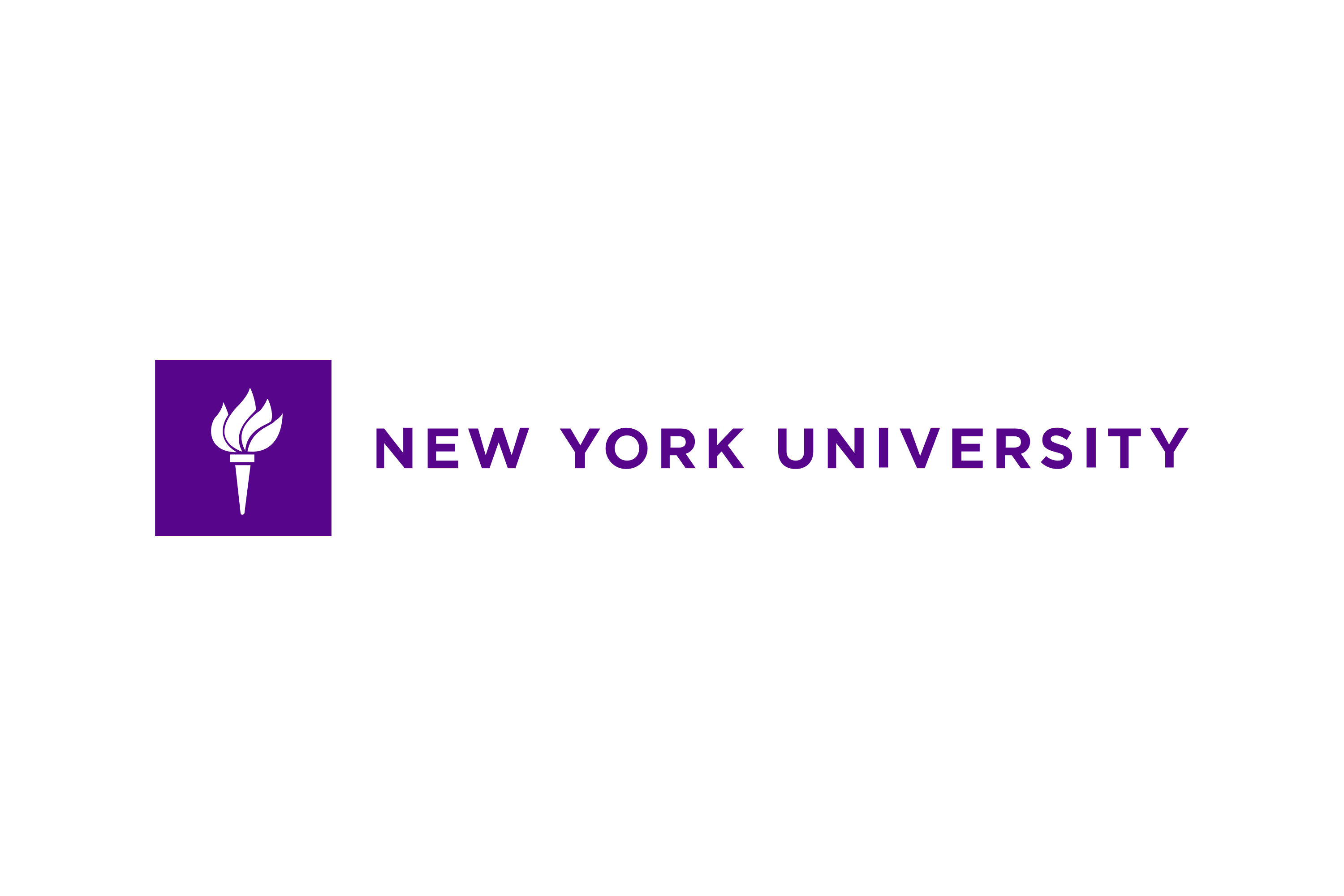New York University: Earned Income Tax Credit’s Take-Up May Improve When Availability of Free Tax Preparation Services is Promoted: Study
To increase the use of the Earned Income Tax Credit and the Child Tax Credit, making better known the availability of free income tax return preparation services may help, new research has found.
“Take-up of tax-administered benefits, like the Earned Income Tax Credit [EITC], is far from complete,” says New York University economist Tatiana Homonoff, co-author of the paper. “EITC can only be obtained through filing an income-tax return, and if you look at individuals who don’t file their taxes, that’s really where a lot of EITC take-up problem is coming from.”
The Earned Income Tax Credit is the largest poverty relief program in the U.S. Each year, according to the paper, published in the Journal of Public Economics, about 80 percent of all eligible Americans receive it. Those who do not receive this benefit number an estimated 5 million. Nonprofit groups have long worked to raise awareness of tax credits for lower income people. There is even an EITC Awareness Day, the last Friday of January.
Homonoff and her coinvestigators wanted to explore whether EITC take-up would improve if the availability of free tax preparation services-—rather than the tax credit itself-—were marketed to nonfilers.
The resulting paper, conducted in cooperation with the IRS, found that such mailings increased the percentage of tax filers by one percentage point in a field experiment. More importantly, a large fraction of these new filers claimed the EITC and the Child Tax Credit (CTC) benefits.
In the field experiment that constituted the foundation of the paper, 55,000 prior non-filers received IRS letters touting the availability of free tax preparation services, such as TurboTax or H&R Block software, as well as the in-person Volunteer Income Tax Assistance program. Nationally, about 70 percent of households are eligible for such no-cost tax preparation services from the government, but less than three percent take advantage of them, studies have shown.
Of the individuals who received IRS letters, 22 percent went on to file their 2019 tax returns. Eligible non-filers who did not receive any communications-—the field experiment’s control group-—had a 21 percent filing rate. This one percentage point rise was a statistically significant, 4-percent increase in the proportion taxpayers who filed a tax return. Additionally, the intervention led to a significant increase in both EITC and CTC benefits claimed. Taxpayers who were induced to file as a result of receiving a letter received an average of $861 in EITC benefits and $976 in CTC benefits.
“The overall results on take-up are modest in magnitude, suggesting that the intervention we study is likely not a silver bullet for increasing EITC or CTC take-up,” says Homonoff, associate professor of economics and public policy at NYU’s Robert F. Wagner Graduate School of Public Service. “Instead, we see our results as a helpful proof of concept: If we are able to find a different intervention that more meaningfully reduces barriers to filing, that could be a helpful avenue for increasing take-up of these tax-administered social benefits.”
Homonoff also points to the cost-effectiveness of the intervention: The study showed that every dollar that the IRS spent to promote free tax preparation services, an additional $15 in tax credits was claimed, providing a net benefit for both lower income households and economic activity.

